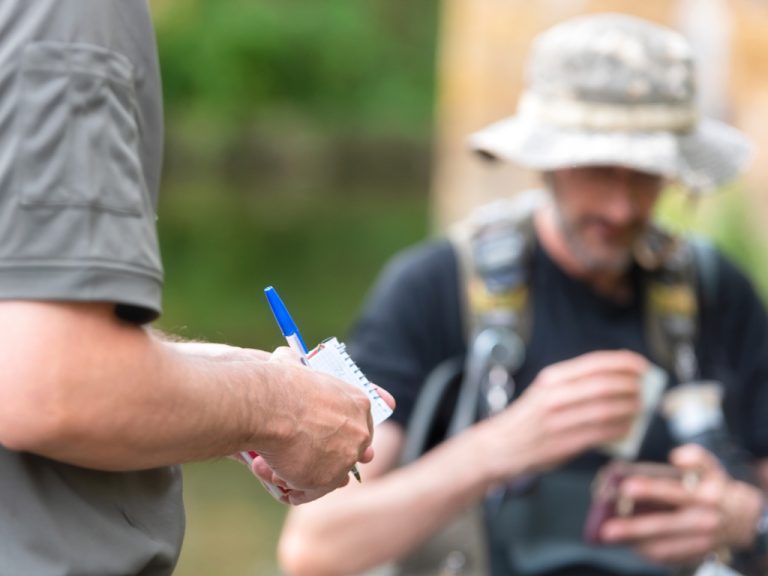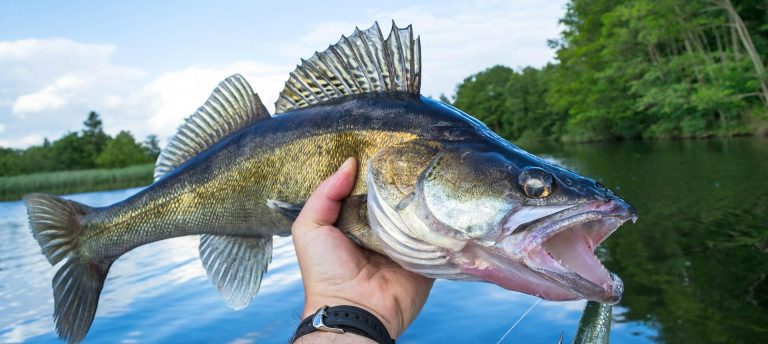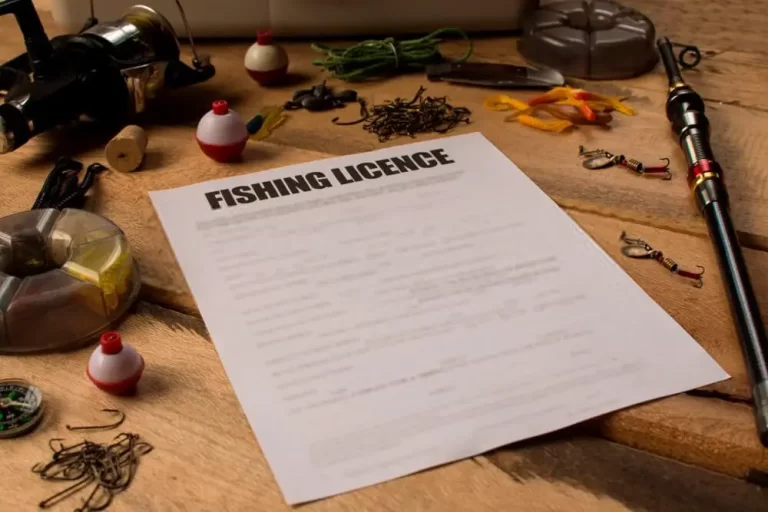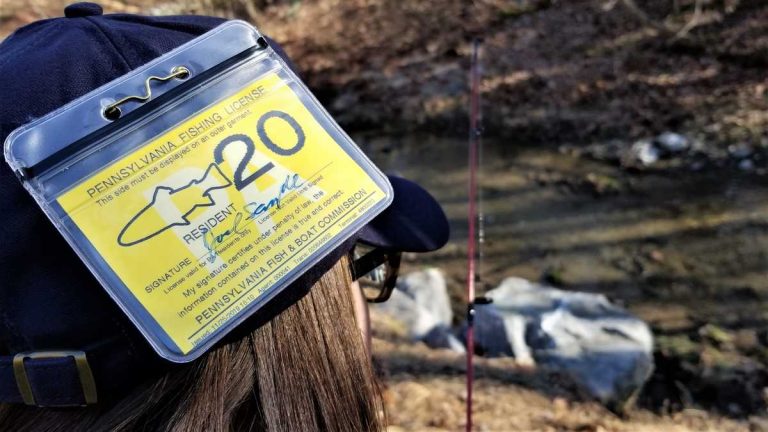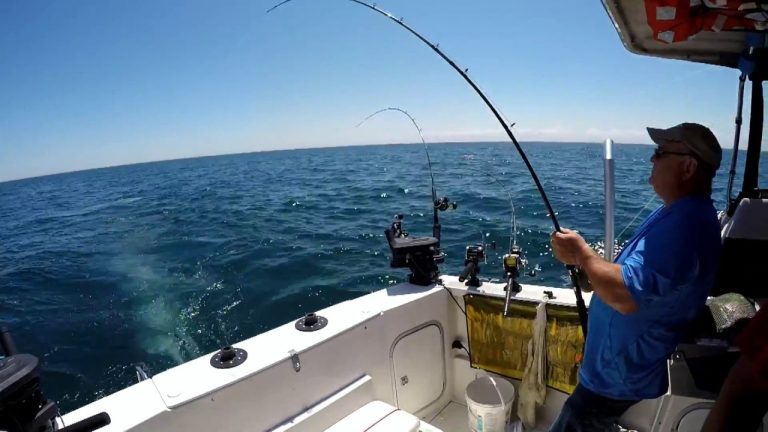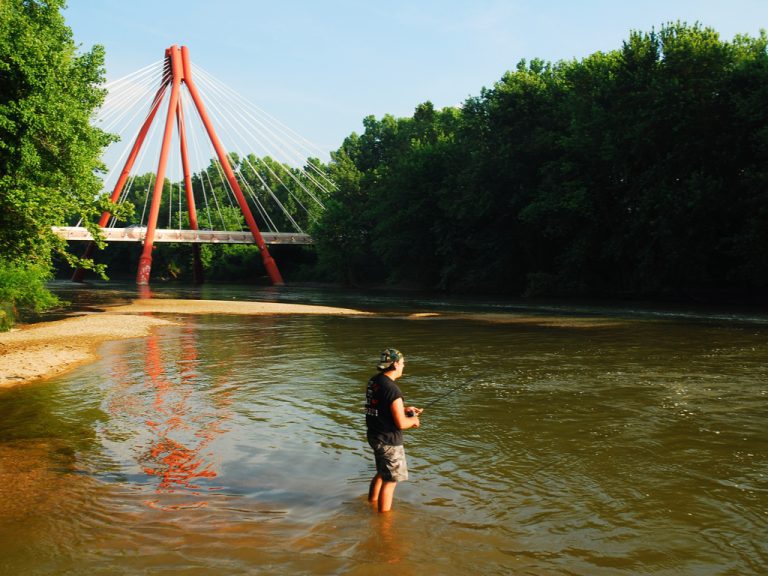Indiana is a true angler’s paradise, with its abundance of lakes, rivers, and streams teeming with a diverse array of fish species. However, responsible fishing practices and adherence to regulations are crucial for preserving this natural treasure for generations to come. This comprehensive guide aims to provide you with a thorough understanding of Indiana’s fishing regulations and the state’s ongoing conservation efforts.
Fishing Licenses and Permits
Before casting your line, it’s essential to obtain the appropriate fishing license or permit. Indiana offers various options to cater to different angling needs:
- Annual Fishing License: This license is valid for one year from the date of purchase and allows you to fish in all public waters within the state.
- Non-Resident Annual Fishing License: For anglers residing outside of Indiana, this license grants the same privileges as the resident annual license.
- Temporary Fishing Licenses: Available for both residents and non-residents, these licenses are valid for a specific number of consecutive days, ranging from 1 to 9 days.
- Trout/Salmon Stamp: Required for fishing for trout and salmon in designated waters. This stamp must be purchased in addition to a valid fishing license.
You can purchase your fishing license online through the Indiana Department of Natural Resources (DNR) website, at authorized retailers, or by using the DNR’s mobile app.
Statewide Size and Bag Limits
To ensure sustainable fish populations, Indiana has implemented statewide size and bag limits for various species. These limits are subject to change, so it’s essential to consult the current fishing regulations before your fishing trip. Some common size and bag limits include:
- Largemouth and Smallmouth Bass: Minimum size limit of 14 inches, with a daily bag limit of 5 fish.
- Walleye: Minimum size limit of 16 inches, with a daily bag limit of 6 fish.
- Crappie: No minimum size limit, with a daily bag limit of 25 fish.
- Catfish: No minimum size limit, with a daily bag limit of 10 fish (combined species).
It’s important to note that certain bodies of water may have additional or different regulations, so always check the specific rules for the area you plan to fish.
Conservation Efforts
Indiana’s DNR is dedicated to preserving the state’s aquatic resources through various conservation efforts. These initiatives aim to protect fish populations, maintain healthy ecosystems, and promote sustainable fishing practices:
- Habitat Restoration and Enhancement: The DNR works to restore and enhance aquatic habitats by removing barriers to fish migration, improving water quality, and creating spawning areas.
- Fish Stocking Programs: The state operates several fish hatcheries to stock various species, including Trout, Walleye, and Muskie, in public waters to support recreational fishing and maintain healthy populations.
- Aquatic Invasive Species Prevention: The DNR actively monitors and implements measures to prevent the introduction and spread of invasive species that can harm native fish populations and ecosystems.
- Public Education and Outreach: Through educational programs, workshops, and outreach events, the DNR promotes responsible fishing practices, conservation awareness, and the importance of protecting Indiana’s aquatic resources.
- Research and Monitoring: Ongoing research and monitoring efforts provide valuable data on fish populations, habitat conditions, and the effectiveness of conservation measures, allowing for informed decision-making and adaptive management strategies.
Responsible Fishing Practices
As anglers, we play a crucial role in preserving Indiana’s fishing heritage. By adopting responsible fishing practices, we can contribute to the conservation efforts and ensure that future generations can enjoy the same angling experiences:
- Follow Size and Bag Limits: Adhere to the established size and bag limits for each species to prevent overfishing and maintain healthy populations.
- Practice Catch-and-Release: Consider releasing fish, especially those that are undersized or over the bag limit, to allow them to continue growing and reproducing.
- Use Proper Handling Techniques: Handle fish gently and minimize their time out of the water to increase their chances of survival when released.
- Dispose of Fishing Line Properly: Discarded fishing line can entangle and harm wildlife. Always properly dispose of or recycle used line.
- Respect Aquatic Habitats: Avoid disturbing sensitive areas, such as spawning grounds or aquatic vegetation, to minimize the impact on fish and their habitats.
- Report Violations: If you witness any violations of fishing regulations or activities that may harm aquatic resources, report them to the appropriate authorities.
By working together and embracing responsible fishing practices, we can ensure that Indiana’s waters remain a thriving and sustainable resource for generations of anglers to enjoy.
Remember, fishing in Indiana is not just a pastime; it’s a cherished tradition that connects us to nature and our rich outdoor heritage. By respecting the regulations and supporting conservation efforts, we can preserve this legacy and continue to create unforgettable angling experiences for years to come.
Do I need a fishing license if I’m fishing on private property?
Yes, a valid Indiana fishing license is required even when fishing on private property, unless the property is entirely owned by the angler or their immediate family.
Can I use live bait in Indiana?
The use of live bait is generally permitted in Indiana, but there are specific regulations regarding the types of bait allowed and the methods of collecting or transporting it. Consult the Indiana Fishing Regulation Guide for detailed information.
What should I do if I accidentally catch a protected fish species?
If you accidentally catch a protected or endangered fish species, do not remove it from the water. Gently release it back into the water as quickly as possible, minimizing handling and avoiding any unnecessary harm.
Are there any special regulations for fishing in state parks or nature preserves?
Yes, some state parks and nature preserves may have additional regulations or restrictions in place to protect sensitive habitats and ecosystems. Always check with the specific park or preserve before fishing in these areas.
How can I get involved in conservation efforts in Indiana?
There are various ways to get involved in conservation efforts, such as volunteering with local organizations, participating in habitat restoration projects, or supporting advocacy groups that promote responsible fishing practices and environmental stewardship.
